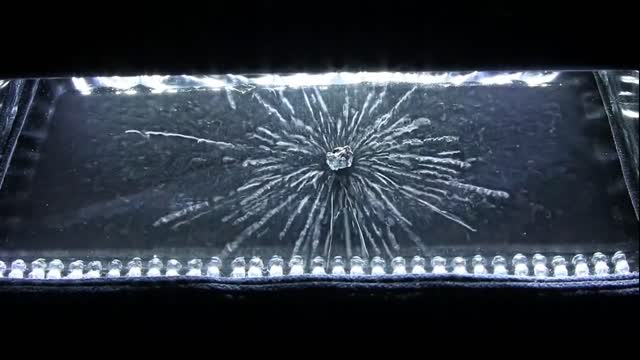Premium Only Content

What is a rare isotope?
It takes incredibly high amounts of energy to produce most isotopes. In nature, heavy rare isotopes are produced during the cataclysmic deaths of massive stars called supernovas or during the merging of two neutron stars.
To the naked eye, two isotopes of any element look and behave the same way – all isotopes of the element mercury would look just like the liquid metal used in old thermometers. However, because the nuclei of isotopes of the same element have different numbers of neutrons, they differ in how long they live, what type of radioactivity they emit and in many other ways.
For example, some isotopes are stable and do not decay or emit radiation, so they are common in the universe. Other isotopes of the very same element can be radioactive so they inevitably decay away as they turn into other elements. Since radioactive isotopes disappear over time, they are relatively rarer.
Not all decay happens at the same rate though. Some radioactive elements – like potassium-40 – emit particles through decay at such a low rate that a small amount of the isotope can last for billions of years. Other, more highly radioactive isotopes like magnesium-38 exist for only a fraction of a second before decaying away into other elements. Short-lived isotopes, by definition, do not survive long and are rare in the universe. So if you want to study them, you have to make them yourself.
-
 9:02
9:02
ARFCOM News
15 hours ago $0.93 earnedTrump Fixes Concealed Carry | Time Travelling Judge | DoJ Goes After CA Infringements
7.53K2 -
 18:05
18:05
Mrgunsngear
15 hours ago $1.87 earnedHeckler & Koch VP9A1 K Review: The Best Do All Handgun?
9.61K4 -
 14:40
14:40
Clownfish TV
13 hours agoDisney Getting DESTROYED by YouTube...
7.69K3 -
 10:28
10:28
ariellescarcella
14 hours agoThis Is NOT A Normal Face : The Psychology Behind Woke Manipulation
5.99K3 -
 57:56
57:56
CharLee Simons Presents Do Not Talk
2 days agoHow to Win the Minds of the APATHETIC RIGHT with Joe Ming & Sam Anthony
4.9K -
 9:15
9:15
VSOGunChannel
10 hours ago $0.34 earnedWhy Haven't They Freed the ATF's Political Prisoners?
4.03K4 -
 49:01
49:01
Standpoint with Gabe Groisman
1 day agoHigh Fashion Canceled Her for Working for Trump
15.3K6 -
 36:24
36:24
The Brett Cooper Show
1 day ago $17.32 earnedSnow White. What Happened? | Episode 18
108K74 -
 1:19:17
1:19:17
Mike Rowe
1 day agoA Fun Hang With My Very Famous Friend | Enrico Colantoni #430 | The Way I Heard It
30.4K7 -
 1:24:30
1:24:30
Tucker Carlson
19 hours agoDr. Mary Talley Bowden: How Vaccines Got Politicized and the Medical Industry Lost All Credibility
111K207